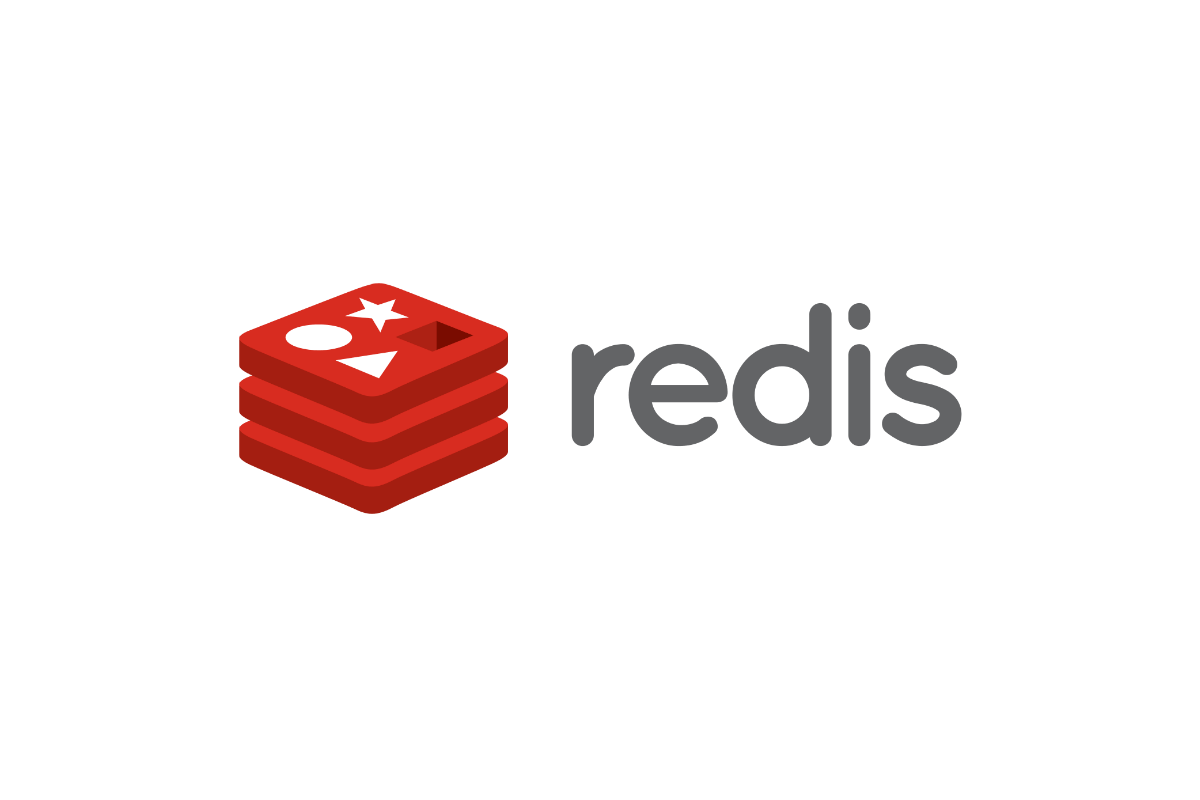 BIG DATA
BIG DATA
 BIG DATA
BIG DATA
 BIG DATA
BIG DATA
Database management startup Redis Inc. has added tons of new functionality to its platform, including vector search capabilities, native triggers and a new change data capture feature.
Redis started out as a developer of an open-source data cache technology, but over the years it has expanded its vision and transformed itself into an enterprise-grade, cloud-based real time database with data serving capabilities. Its flagship product is its open-source in-memory data store, which functions as a database, cache, streaming engine and message broker that facilitates communication between data services and applications that use different messaging protocols.
Traditionally, Redis has always released new updates in a much more staggered fashion, with different products and services being enhanced at different times. However, with its new Chief Executive Rowan Trollope now leading the show, Redis has opted for a unified release this time around, with one of its key aims being to improve the overall user experience.
With the launch of Redis 7.2 today, the startup’s cloud and software-based data stores gain a new scalable search feature that supports something known as vector similarity search.
The new feature is targeted at vector databases, which are used to store unstructured data in a more organized way. They convert things such as documents, videos, images and user behaviors into vectors, or complex strings of numbers. Redis says vector similarity search is a key feature of any vector database, and refers to the process of finding vectors that are similar to a query vector.
The functions can be used in applications such as recommendation systems, natural language processing, image and video search and anomaly detection, Redis said. For instance, if a company is building an artificial intelligence-based recommendation system, it can use vector similarity search to locate and suggest products that are similar to what users have already shown an interest in.
Redis also highlighted how the vector similarity search on Redis Enterprise uses sharding, which is a horizontal partitioning technique used to scale up databases, to make search more scalable.
Vector databases can be useful for training generative AI applications as they make vast amounts of unstructured data available to them. To that end, Redis Enterprise gains the ability to store vector embeddings, meaning it can encode in-context information as vectors.
In a statement, Trollope noted that the company has been an early mover in the vector database technology market. “Scalable search further optimizes the processing of low-latency vector workloads with a robust and performant search engine to make it easy for developers building generative AI applications,” he added.
Other new capabilities announced today include Triggers and Functions, which makes it possible for developers to build and maintain real-time applications by moving business logic closer to the data while remaining inside Redis, providing lower latency.
The new Auto Tiering feature makes it easier to manage growing, large-volume datasets. It provides a way to keep the most accessed data in-memory, with less frequently accessed data moved to solid state disk storage.
There’s also a new cluster management user interface for the on-premises edition of Redis Enterprise, inspired by a similar feature in Redis Cloud. By making the user experience more consistent, Redis says, it’s trying to reduce learning curves and minimize the chance of errors.
Finally, Redis Data Integration is a new feature that can transform any dataset into real-time by infusing it with data from multiple sources. So Redis Enterprise and Redis Cloud now have a way to integrate data from platforms such as Oracle Database, Postgres, Cassandra, MySQL and more.
RedMonk analyst Stephen O’Grady said it was nice to see Redis putting so much attention on the developer experience. “One of the most important ways databases can improve their developer experience is by becoming more versatile by way of the addition of new capabilities and tools,” he said. “By leveraging its broad developer community, Redis is looking to deliver a more versatile database and thus, a better developer experience.”
THANK YOU